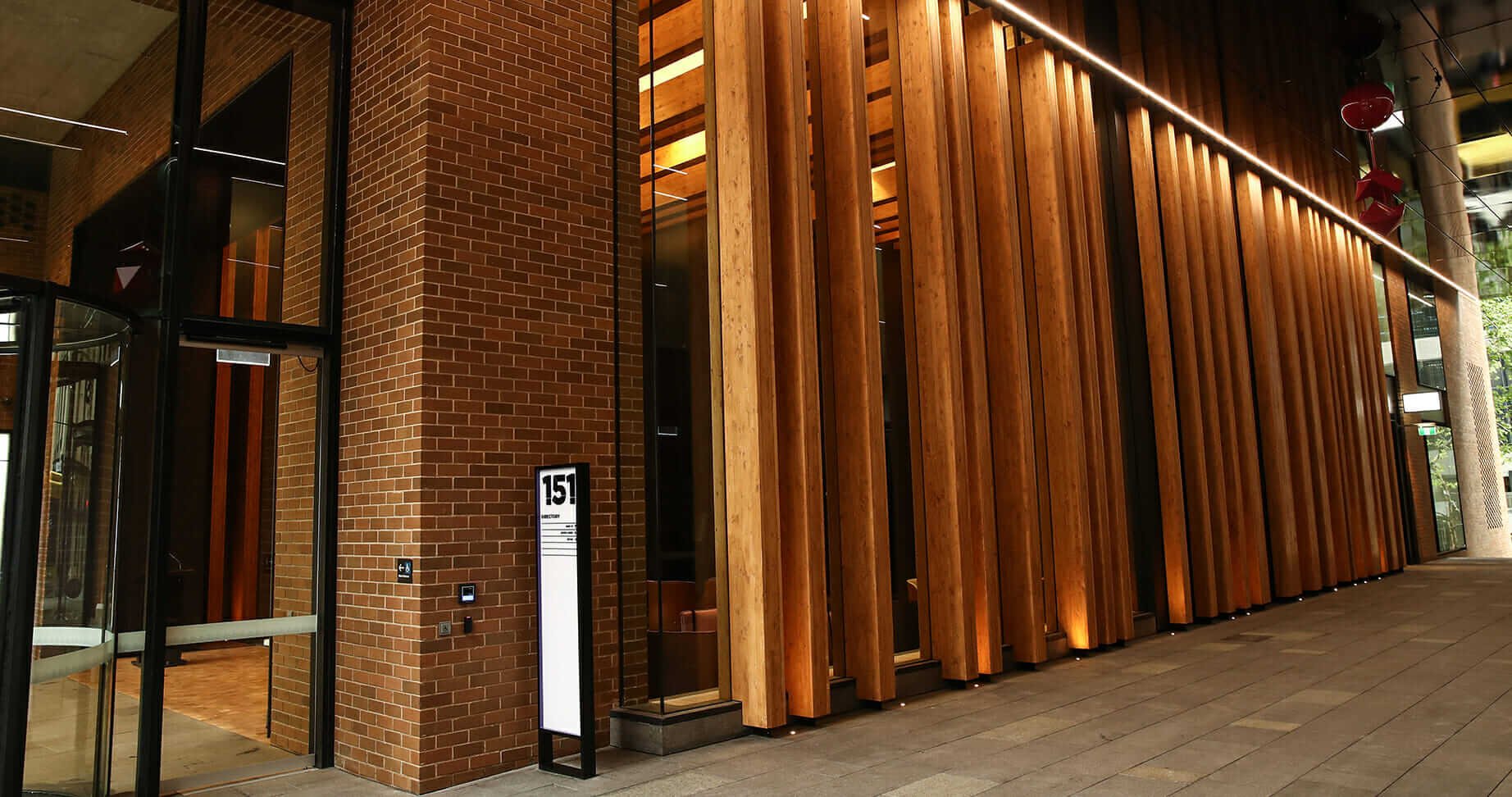Managing projects WELL

TSA had the privilege of providing project management and superintendency services to Oxford Investa Property Partners (OIPP) on the Barrack Place project. In collaboration with a fantastic group of consultants and contractors, one of the team’s many proud achievements was the project’s award of Platinum Level certification by the International WELL Building Institute™ (IWBI™).
In 2017 Barrack Place was the first Australian project to receive a WELL Core & Shell Precertified Gold rating. The subsequent upgrade to Platinum was achieved due to the design, construction and operational aspects of the building which support the health, wellbeing and comfort of those who work within its walls. TSA project manager on the Barrack Place project Oliver He, explains WELL and its significance for the buildings of the future as follows:
To explain WELL, we must first talk about our construction industry’s recent history on sustainability. Since the early 2000s, the Australian property market has seen the widespread adoption of sustainability rating systems (such as Green Star and NABERS) in response to the growing threat of climate change and growing market awareness and demand. Today, such systems are widely implemented across Australia’s property sector, bringing excellent improvements to the built environment, well beyond the minimum requirements enforced by the National Construction Code.
But the indoor environment and its impact on human health is only now being understood comprehensively.
In comes WELL.
The WELL Building Standard, a global voluntary certification program focused on the health-and-wellness impact of the built environment on occupants, was introduced by the International WELL Building Institute (IWBI) in 2014. Through this standard, WELL aims to offer the same rigour in the space of health/wellness that Green Star applies to environmental sustainability.
While the WELL system is relatively young in the property industry, its maturity is beyond what most would expect. The system builds on existing sustainability movements such as Green Star and LEED (the U.S equivalent) and focuses purely on features with health benefits to building occupants. The latest version of WELL (v2 pilot) covers ten key concepts – Air, Water, Nourishment, Light, Movement, Thermal Comfort, Sound, Materials, Mind and Community. Beyond these, WELL acknowledges that we still have much to learn by providing an 11th ‘open’ concept being Innovations, whereby each project is allowed to develop unique strategies for creating a healthy environment.
What does WELL mean for project managers?
IWBI currently promotes two main standards of WELL. WELL v2 is the more flexible version which aims to cover most types of building projects, while WELL Community expands to the neighbourhood scale and applies the principles of WELL to a larger footprint. WELL v2 is divided into two forms of certification, ‘core and shell’ and ‘fitout’. It is important to note that a ‘fitout’ WELL Rating currently does not require the ‘core and shell’ (i.e. base building) to be WELL-compliant.
The adoption of WELL requires commitment from our clients during the early stages of design. It becomes essential to understand the objectives of our client’s project, and whether WELL helps achieve these objectives.
Below are some of the questions we might ask:
- Does our commercial office development client wish to attract top-tier tenants or those seeking to reduce sick-leave statistics?
- Does our healthcare service client wish to improve their building asset’s impact on patient health and mental wellbeing?
- Does our retirement living client wish to invest in assets which help improve the wellbeing of their elderly residents?
- Does our client’s mission, like TSA’s, include a positive legacy for the wellbeing of our future generations?
If the answer to these types of questions is yes, then the client may wish to embark on the WELL journey.
Once the decision to start a WELL journey is made, the next step is to understand the mechanics of the WELL system:
- Certification levels. Each level of certification – Bronze, Silver, Gold & Platinum – requires a different amount of points. Points are collected through achieving the requirements of various ‘features’ under the ten WELL Concepts mentioned earlier.
- Mandatory vs Optional. Some features in the WELL system are mandatory, while others are optional, and each project is free to select features which provide the best value in consideration of cost.
If you’re wondering if a WELL Rating is right for your project, get in touch with us – our team and network of consultants will be happy to assist you along the WELL journey.